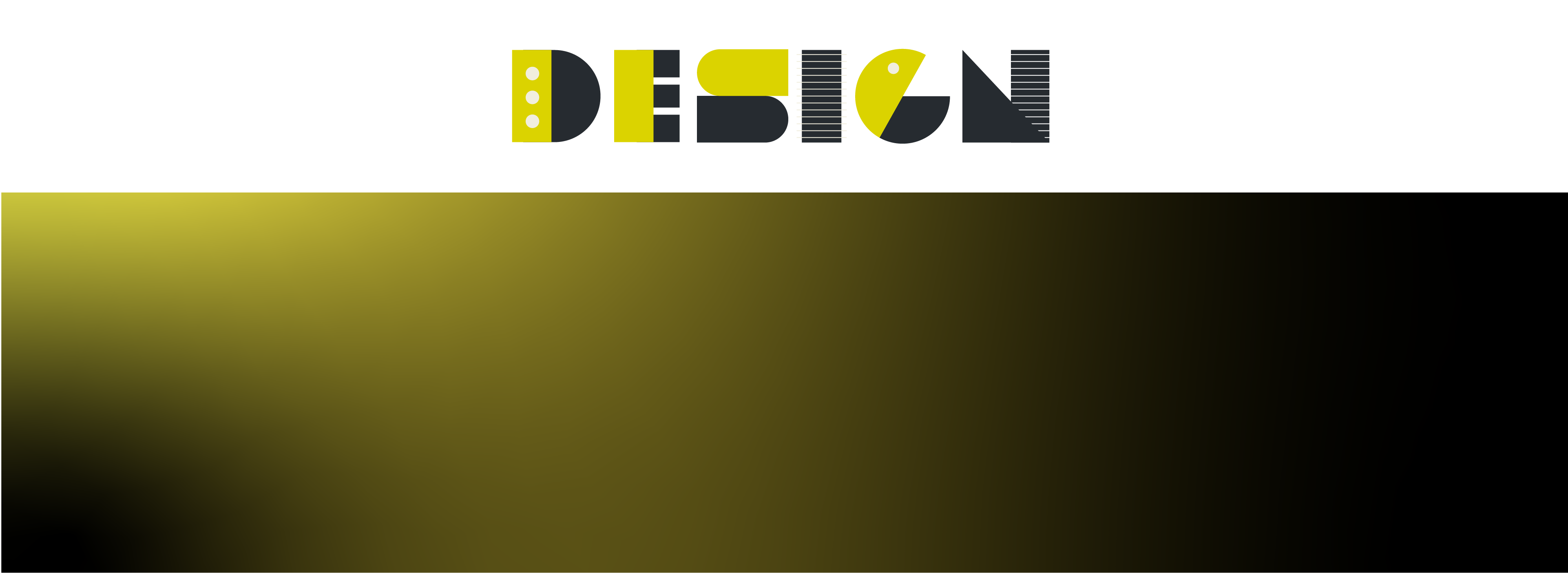Design is a multifaceted process that involves the intentional creation of visual and/or functional elements to communicate a message, solve a problem, or achieve a specific goal. Whether it's graphic design, industrial design, or any other form, the design process typically follows a series of steps.
Here's a general overview:
Define the Purpose and Scope:
Clearly understand the purpose of the design. What message do you want to convey, or what problem are you trying to solve?
Define the scope of the project, including any constraints or limitations
Research
Gather information related to the project. This could include understanding the target audience, competitors, and any relevant trends. Research can also involve looking for inspiration from other designs, art movements, or diverse sources
Conceptualization
Brainstorm and generate ideas for your design. Explore various concepts and approaches before settling on a direction. Consider the mood, tone, and style that best align with the project's goals.
Sketching/Prototyping
Create rough sketches or prototypes to visualize your ideas. This helps in quickly iterating and refining concepts. For digital design, you might create wireframes or low-fidelity mockups to map out the layout and structure.
Feedback and Iteration
Share your initial designs with others, whether it's clients, colleagues, or potential users. Collect feedback and be open to constructive criticism. Use this input to refine and improve your design.
Refinement
Based on feedback, refine your design, paying attention to details such as color, typography, and composition. Ensure that the design aligns with the overall brand or message you're trying to convey.
Finalization
Create the final version of your design, incorporating all the necessary changes and improvements. Pay close attention to the technical aspects, such as file formats, resolutions, and color profiles.
Delivery/Implementation
Deliver the final design to the client or implement it in the desired medium (e.g., print, web, packaging). Ensure that the design meets any technical specifications and requirements.
Evaluation
Reflect on the success of your design. Consider whether it effectively communicates the intended message or solves the problem. Use feedback and analytics to inform future design decisions.
Remember, the design process is often iterative, and each project may require different approaches. Flexibility, creativity, and a keen understanding of the audience and goals are key components of successful design.



Recent Comments